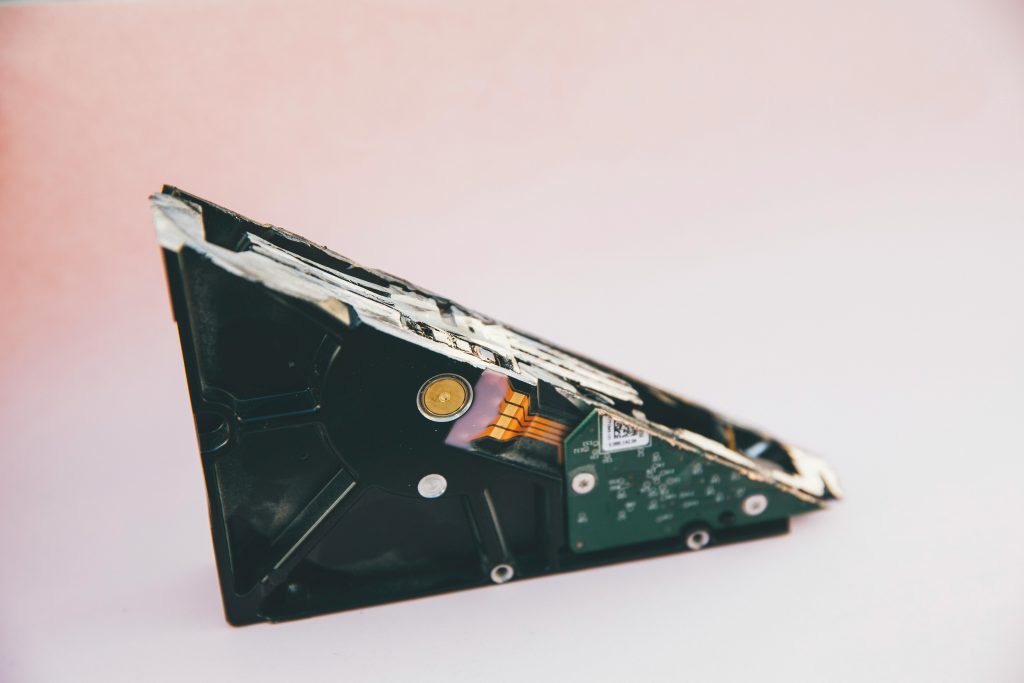Facing Data Loss After Hard Drive Failures During a Move: Next Steps and Recovery Options
Moving can be a stressful occasion, and unexpected technical issues only add to the challenge—especially when they threaten valuable data stored on external hard drives. If you’ve recently experienced such setbacks, particularly with both your primary and backup drives, it’s understandable to be concerned about the longevity of your important files. Here’s a comprehensive guide to help you assess your situation and explore viable options for data recovery.
Understanding the Situation
In your case, you’ve been using a 2TB external hard drive since around 2011 or 2012, accumulating data spanning over a decade. Prior to your move, you attempted to back up essential files onto a 1TB external drive, which also experienced issues during transit. Currently, the smaller drive is recognized by your computer, but it produces unusual noises and appears unresponsive. The larger drive, on the other hand, isn’t powering on despite replacing the power adapter.
This scenario highlights common challenges faced with aging external drives, especially after physical movement or hardware aging. External drives may develop mechanical failures, such as motor or spindle issues, or electrical problems. Recognizing the symptoms is key to determining your next steps.
Immediate Actions to Take
-
Avoid Further Use of the Affected Drives:
To prevent potential data loss, refrain from attempting to power on the drives repeatedly or make modifications. Mechanical drives are sensitive, and additional attempts might worsen the situation. -
Assess the Situation Gently:
For the drive that’s recognized but making unusual noises, note the behavior—this could point to mechanical failure. For the unresponsive drive, ensure that the power supply is functioning and that the cable connections are secure. -
Prioritize Data Recovery:
If the data stored is valuable and irreplaceable—such as files from 2006 or other personal archives—it’s prudent to consult professional data recovery services. They possess specialized tools and cleanroom environments capable of salvaging data from physically damaged drives.
Exploring Data Recovery Options
-
Professional Data Recovery Services:
Specialized companies can retrieve data from drives with mechanical or electronic failures. While this can be costly, it often presents the highest chance of recovering important files. -
Data Recovery Software:
If the drives are recognized and can be accessed (even intermittently), data recovery software may help transfer files to a stable storage device. Popular options include Recuva, EaseUS Data Recovery Wizard
Share this content:



